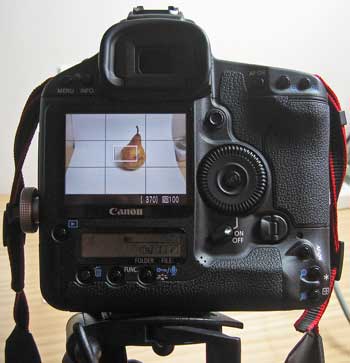In an ideal world, you would be able to point your digital camera at a subject, take the photo and then make prints that either match reality or improve upon it. But, in the real world, your camera must communicate with your computer which, in turn has to ‘talk’ with your printer. In this process, colour information is passed along a chain and re-interpreted by each device. This chain is known as a ‘workflow’.










